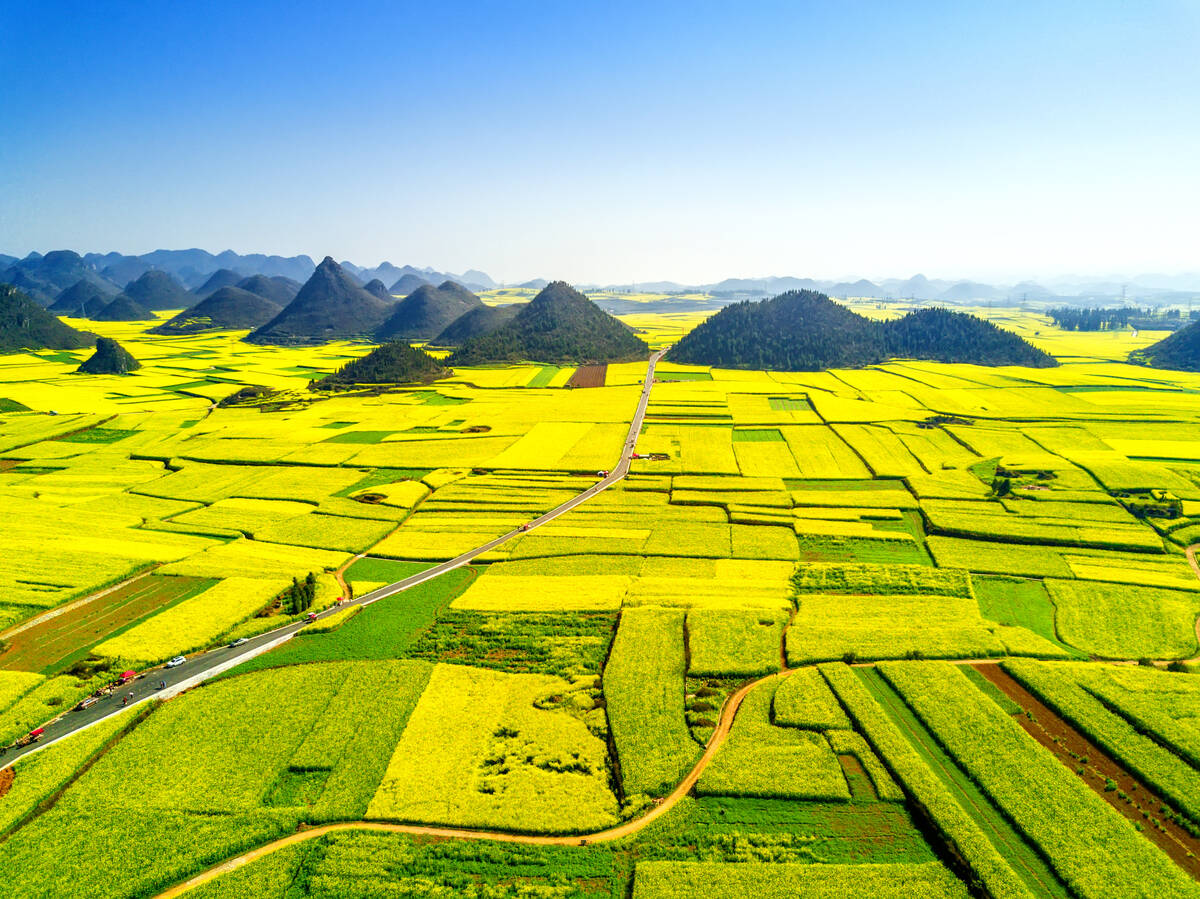Kelly Hardern is typical of a lot of prairie producers this year. His hay and pasture were slow to grow this spring due to cool weather, but he’s optimistic that things will rebound as the weather warms.
“The tame alfalfa is advancing well, but the grasses are hurting from the cooler temperatures,” said Hardern, a grain and cattle producer near Killarney, Man.
“The pastures took a little longer to get motoring too.”
Across much of the Prairies, a cool spring delayed the growth of pastures and hay crops, often by a week or two. There were also reports of frost damage to alfalfa stands.
Read Also

Short rapeseed crop may put China in a bind
Industry thinks China’s rapeseed crop is way smaller than the official government estimate. The country’s canola imports will also be down, so there will be a lot of unmet demand.
However, aside from some drier areas in Alberta, the outlook for pastures and forages is generally optimistic due to abundant moisture and the arrival of sunnier skies.
“The whole growing season is a little bit delayed here,” said Manitoba Agriculture forage specialist Glenn Friesen. “We have plenty of moisture but we need the heat units.”
The outlook in Saskatchewan is much the same, said
Michel Tremblay, Saskatchewan Agriculture’s forage specialist.
“Generally we’re in good shape for moisture,” said Tremblay. “There were no reports of significant winter injury to alfalfa stands, so I think we came through OK there.
“Our forage development is slow, though, due to the low temperatures. We’re probably a couple of weeks behind in terms of development of the crop.”
Tremblay said frosts in late April and early May added to the delays in alfalfa maturity.
In Alberta, the dryland forage forecast is for an average crop at best.
Some of the greatest potential is in central and northern Alberta. Drought remains a concern in parts of south-central Alberta and alfalfa crops were hit hard with frost in southern Alberta earlier this spring.
Despite delays in forage development, Tremblay said there is no need to panic. A shot of warm weather could speed the alfalfa and make up for slow growth earlier this spring.
“I don’t think there are too many alarm bells going off right now. We’re going to have to have some above average temperatures over the next few weeks to get us back developmentally to where we usually are in an average year.”
Alfalfa is a cool season plant. It does especially well when temperatures are in the range of 18 to 21 C.
There were producers last year in Manitoba who took a third cut of alfalfa, despite the cool spring.
Friesen said a third cut is not yet out of the question this year, “but I’d hate to be giving predictions.”
Hardern said a recent bout of warm weather spurred the growth of his forages. He’s expecting an abundant first cut of alfalfa.
“We’re going to have a hell of a cut of alfalfa even with all the frost we had. I’m really surprised. I thought it would really knock the hell out of it.”
Producers who had to delay the release of cattle onto pastures this spring were not confronted with the kinds of hay shortages witnessed a few years ago across large areas of Saskatchewan and Alberta. Hardern was among those who had ample hay left to tide his cattle over until the pastures were ready for grazing.














